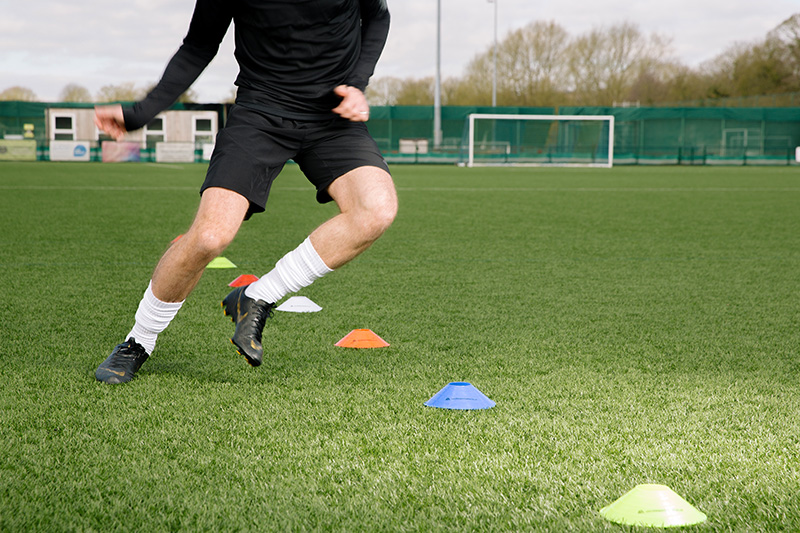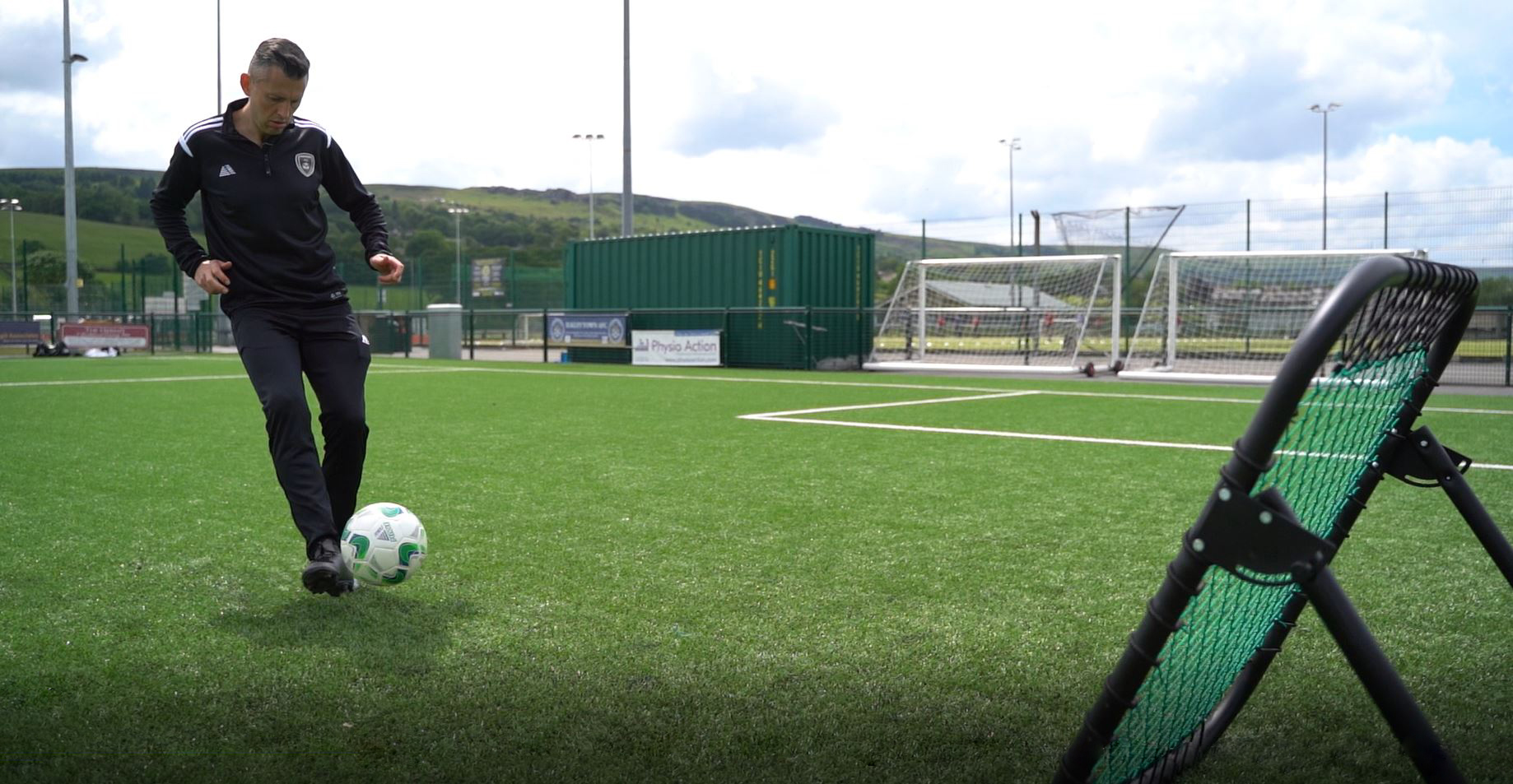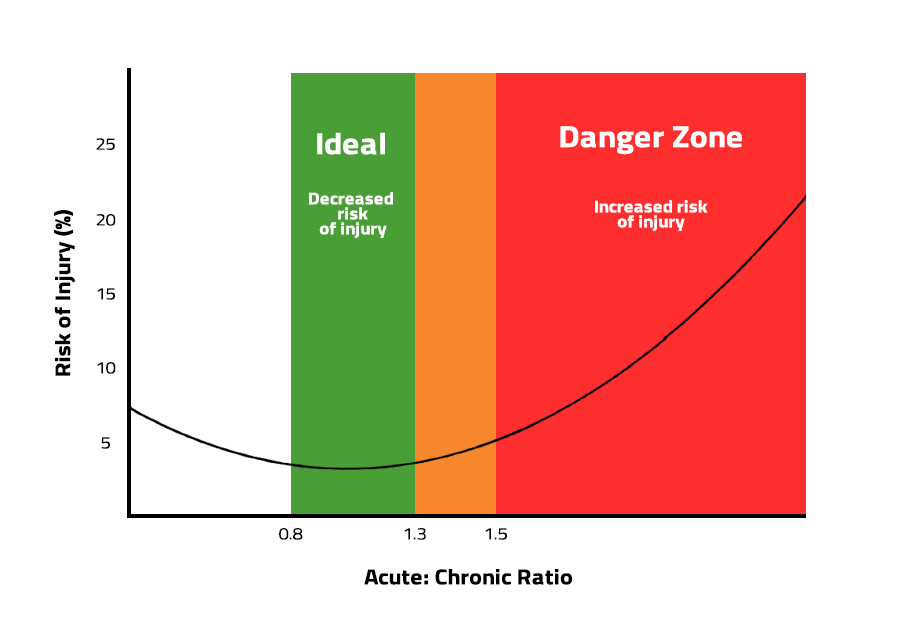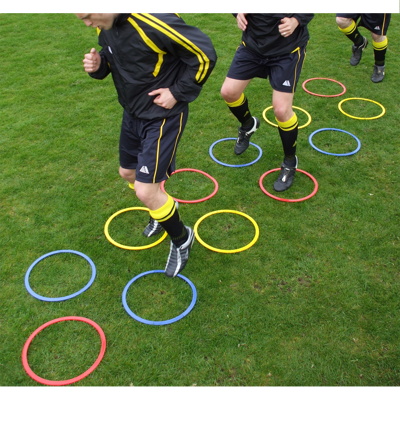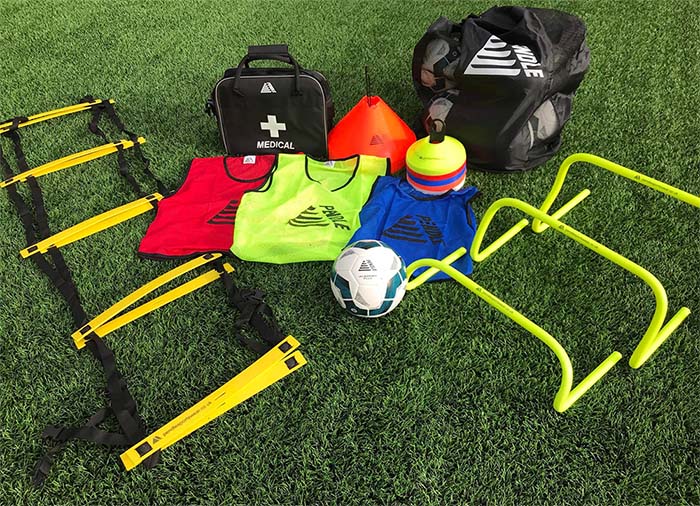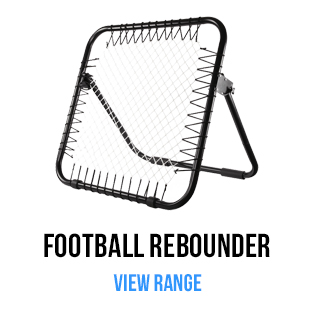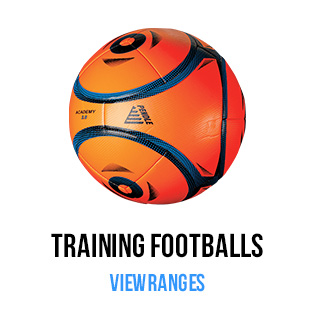Last Updated on: 26th June 2025, 10:18 am
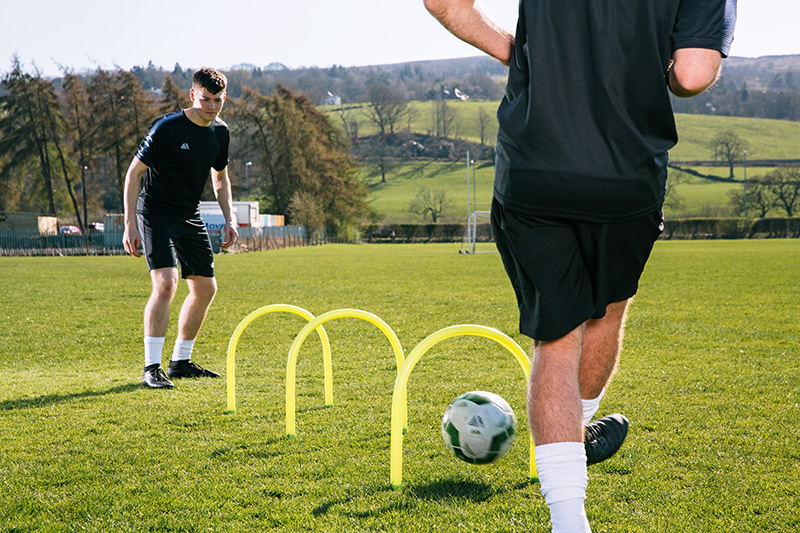
Let’s talk pre-season training. How long do you leave it before getting ready for the new season? It’s an important question because starting too late can be risky.
Why pre-season training matters
Pre-season training is vital for a player’s development and for the club’s chance of success. The first 5 games have a huge impact on your position at the end of the season. The better start your team has the more chance there is of finishing the season on top. Most likely, teams are inspired by early success and driven to further successes. Your players become more confident and are able to perform better in subsequent matches.
Optimal Physical Condition
To give yourself the best chance, you’ll want to make sure that all of your players are in optimal physical condition at the start of the season. You want everyone at their peak performance level from the off. It’s also worth planning your pre-season games to provide the greatest confidence boost for the team. Arrange matches that you know they can win and they’ll be starting the season already feeling like winners.
Have a plan
Before you begin pre-season training, you need to come up with a plan. Ask yourself 2 questions:
- What are you trying to achieve?
- How will you achieve it?
In order to create an effective pre-season training plan, you need clarity of purpose. It’s the best way to understand what physical demands are required to attain your goals.
Pre-season training is crucial because this is the stage that forms the foundation for all of your future activity. This is the phase when base levels of strength and endurance are established. It is also the time when a player improves their capacity to recover from repeated high-intensity exercise.
SUMMARY: Know what you want to achieve and how you plan to do it. This is the only way you can effectively plan ahead.
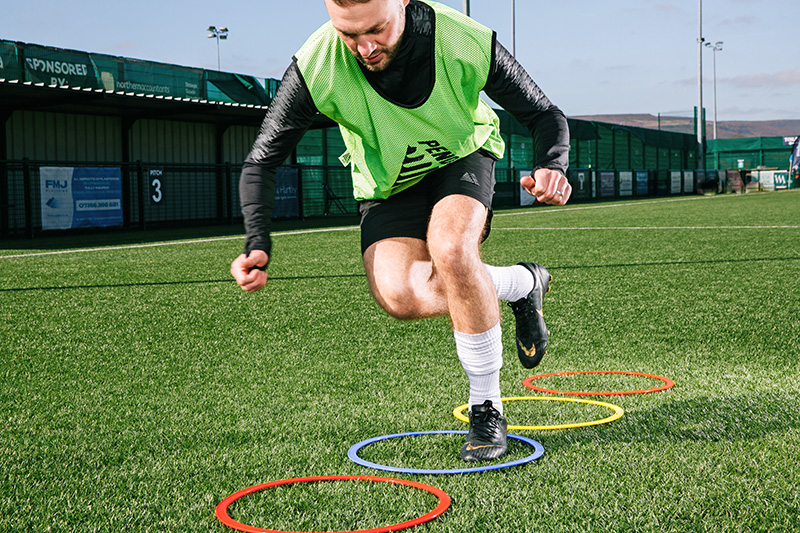
Keep players in condition during the off-season
The first stage of pre-season training is the lead up. Rest and recovery are vital after a long season. However, players should still be maintaining a level of off-season physical activity.
Following an initial period of rest, it’s important that players follow an off-season programme of cardio and strength work in the gym. This ensures that players maintain their conditioning while they have time and space to recover from the previous season.
SUMMARY: Make sure players are keeping up their training in the off-season. This will make pre-season training easier and more effective.
Take Your Time
It’s important to plan your pre-season training correctly to minimise the risk of injury. If you launch into intense training too quickly or don’t give yourself enough time, then you’re more likely to get hurt.
Training Load
Training load is the term used to quantify the amount of work you’re doing per session or over a week of training. Dr Tim Gabbett created a helpful ratio to help athletes reach peak fitness with the minimal risk of injury: the acute:chronic workload ratio.
You want the acute load to be less than 1.4 times greater than the chronic load. Although if you’d prefer not to be that precise, you just need to make sure that you stick to this basic principle: gradually increasing the difficulty of an exercise will lead to gradual improvements as the body adapts to cope with the increase in workload.
SUMMARY: Don’t go straight from not training to a high training load. This spike in workload will increase your potential for injury.
Adaptation Time
Keep in mind that improvements don’t take place overnight. It takes repeated effort and progressive loads to bring about muscle growth and adaptation. Of course, it depends on what you’re focusing on. You might only need a few speed sessions to refine your technique and make significant improvements.
Strength training is going to take longer. In beginners, strength gains are primarily neural gains rather than muscle growth. Gains in muscle growth begin at around 8-10 weeks into a progressive programme.
SUMMARY: You can’t add muscle or improve strength in two weeks of pre-season training. Any improvements will not transfer to any useful gains for the pitch.
What to include?
Football players need to focus on several different areas. Obviously, the most effective way of approaching pre-season training is for each player to focus on their own strengths and weaknesses. However, it’s always worth working on the following areas:
- Cardiovascular training to help increase your basic fitness
- Resistance training to build muscle strength and address any muscle imbalances
- Flexibility training to allow your joints to move through their full range of motion
- Speed and agility training to help with quick changes of direction or speed
- Football drills to focus on specific skills.
Pendle Training Equipment
No matter what your fitness goals are before the season, Pendle is here to help you achieve them. We have a wide range of football training equipment that will help you set up drills and organise your training sessions. We’ve also got a wide range of training wear made from moisture wicking material to keep your comfortable. Grab out t-shirts, training tops, shorts and grips socks for the ultimate training kit.
Pendle Recommendations
Tags: Football kit suppliers, Football training, Football Training Schedule, Pre-Season Football Training

